Aeromobili del Futuro
-
Contenuti simili
-
Addio Alitalia, benvenuta ITA Airways 1 2 3
Pubblicato da J-Gian,
- 28 risposte
- 10394 visite
-
- 6 risposte
- 2645 visite
-
Boeing 797 - Rumors sul prossimo "mid-size airplane" di Boeing 1 2
Pubblicato da ISO-8707,
- 10 risposte
- 3716 visite
-
-
-

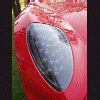








.thumb.jpg.902d2a4f20a129e92b6f6920407b81bd.jpg)







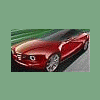


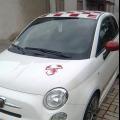
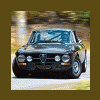


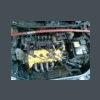


Messaggi Raccomandati:
Crea un account o accedi per lasciare un commento
Devi essere iscritto per commentare e visualizzare le sezioni protette!
Crea un account
Iscriviti nella nostra community. È facile!
Registra un nuovo accountAccedi
Sei già registrato? Accedi qui.
Accedi Ora